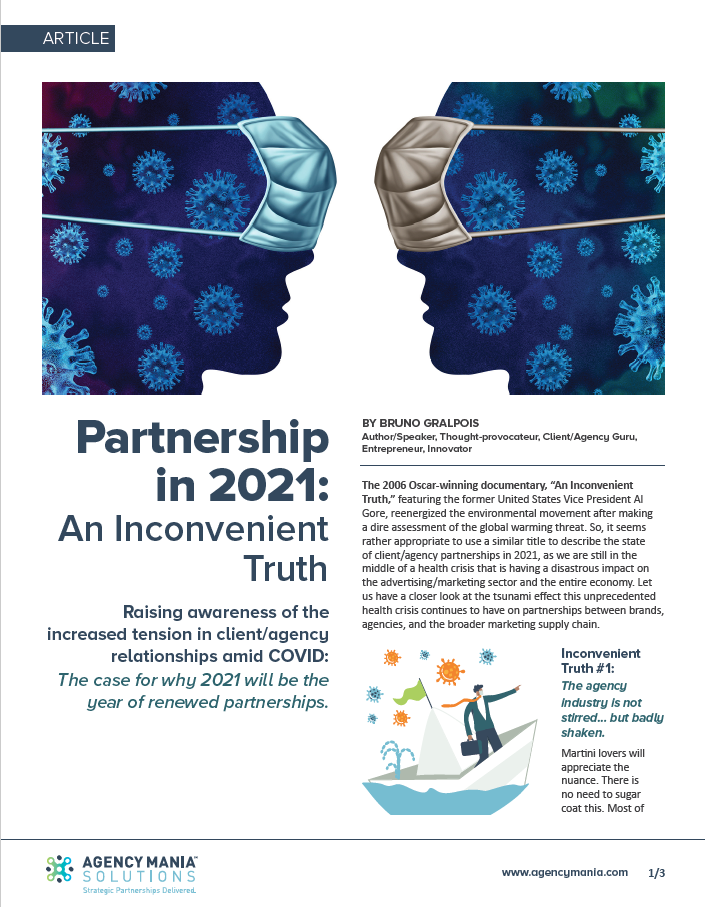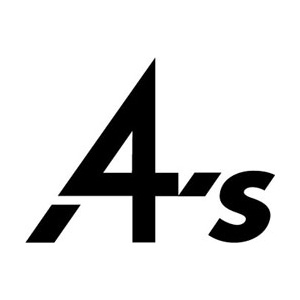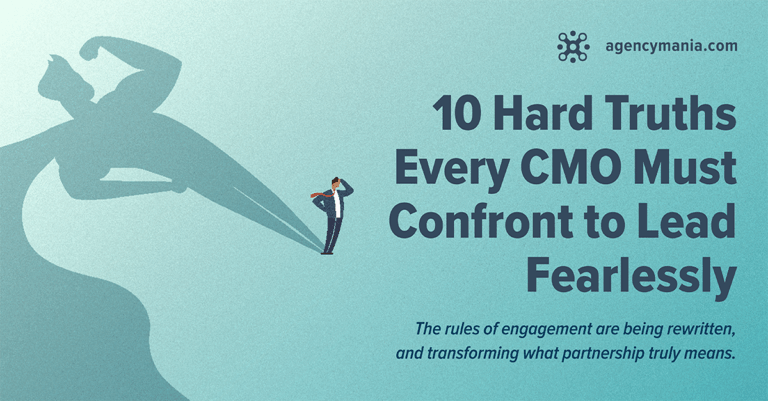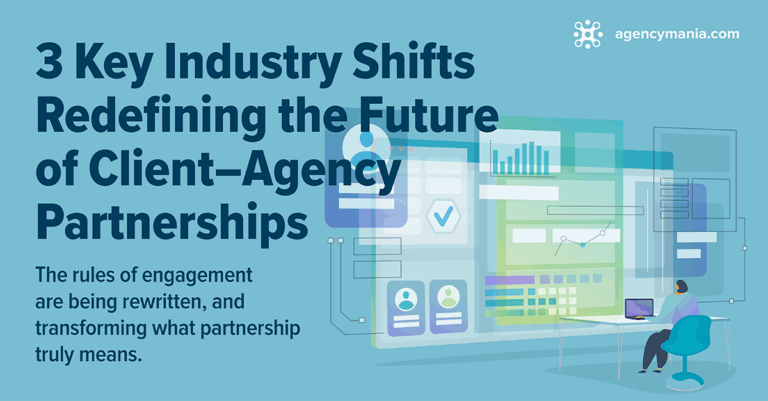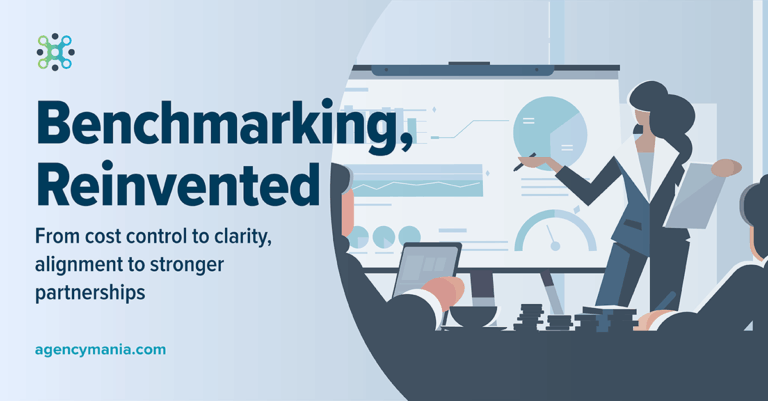Raising awareness of the increased tension in client/agency relationships amid COVID – The case for why 2021 will be the year of renewed partnerships:
— Read the published article on 4A’s —
The 2006 Oscar-winning documentary “An Inconvenient Truth” featuring former United States Vice President Al Gore reenergized the environmental movement after making a dire assessment of the global warming threat. So, it seems rather appropriate to use a similar title to describe the state of client/agency partnerships in 2021, as we are still in the middle of a health crisis that is having a disastrous impact on the advertising/marketing sector and the entire economy. Let us have a closer look at the tsunami effect this unprecedented health crisis continues to have on partnerships between brands, agencies, and the broader marketing supply chain.
Inconvenient Truth #1: The agency industry is not stirred…but badly shaken.
Martini lovers will appreciate the nuance. There is no need to sugar coat this. Most of the agency industry is composed of small- to mid-size firms, many of which work on a project basis, without the safety net of guaranteed long-term contracts or comfortable retainers. It just happens that those are the companies most impacted financially by the COVID crisis. Whenever the economy slows down, they halt and contract immediately to right size to this new reality.
Let’s face it. Many agencies have already closed their doors or lost key talent, willingly or unwillingly. So yes, the industry is badly shaken. For some, beyond repair. For others, it will take time and enough cash flow to recover. There is no doubt that it will take years to make up for the economic damage to that sector. The silver lining here is that this is a resilient industry that is prone to bounce back much faster than any other sector.
Inconvenient Truth #2: When clients feel the squeeze, agencies can get crushed.
The pandemic required most advertisers to revisit not only where they spend money, but how much they spend. Outmaneuvering uncertainty has become an essential part of how companies operate. And when there is uncertainty, companies plan conservatively, reduce sales and marketing expenses, and operate with shorter-term ambitions. The cascading impact is not hard to guess. Recent earnings reports from the publicly traded giants like WPP and Publicis Groupe gave a quantifiable measure to this phenomenon: organic growth has been in negative territory for a while now with little hope short-term to get back to pre-COVID levels. These agencies made aggressive moves – reducing headcount, closing offices, merging, or consolidating agencies to simplify their offering while reducing overhead. Reassuring their investors has been challenging. To put things in a broader context, the combined market cap of the top agencies in the world, namely WPP, Omnicom, Interpublic Group, and Publicis Groupe is less than 6% of the Palo Alto-based electric car firm Tesla, which employs 48,000 people (15% of the 306,000 people employed by these agencies). Digital-heavy firms like Accenture Digital and S4 Capital appear to be less impacted than their counterparts as demand for eCommerce and data-driven digital capabilities accelerate amid traditional advertisers strongly motivated to transform and future-ready their business.
Inconvenient Truth #3: An unhealthy agency industry is bad for clients.
The long-term implications for agencies are undeniably profound. As clients watch from a distance the devasting impact of their decisions on their partners, they may not yet realize how those decisions will have a boomerang effect and significantly impact them as well. As agencies shrink in size, they will lose key talent and look for leaner, smarter ways to operate, preparing them for a new type of business model. Access to talent, even freelance, will be significantly harder for everyone, especially brands with in-house agencies. As talent scarcity broadens, creativity will suffer. Moving at light speed will be tougher. When supply is limited, and demand remains strong, pricing will go up and brands may pay a premium because of that talent shortage. Furthermore, surviving, thriving agencies are more selective about the clients they take on—out of necessity. How selective they are will be proportionally indicative of their ability to succeed. They will choose to work with those that most value their craft, treat them as business partners, and act as strong collaborators and enablers (e.g., proper guidance, adequate budgets, support, etc.).
Inconvenient Truth #4: Relying heavily on technology will not save more jobs than it replaces but will reenergize the industry.
“Doing more with less” was a catchy slogan in the last decade. It has now been escalated to a new standard: it is now inevitable—more or less. Machine learning, AI, data-driven, advanced programmatic and search, and the automation of common tasks are required to operationalize efficiencies and improve speed. In a business considered a people business, is technology a foe or a friend? Should the industry fear massive people attrition or see it as an opportunity to build new skill sets and add greater value to clients? In a recent Forrester report commissioned by the 4As and Google titled “Ready Together,” they see the above as an opportunity for agencies to transform and lead the way. I tend to agree with that conclusion. The report states that despite that “less than one in five are very effective at leveraging technology to automate aspects of marketing and advertising,” agencies are better positioned to build skillsets to accelerate eCommerce and digital transformation. It explains why eCommerce giant Amazon now offers to advertisers a pre-vetted list of 52 managed-service providers –firms like Flywheel Digital, Teikametrics, or Xaxis–that have deep Amazon advertising expertise in managing and optimizing digital and data-driven advertising campaigns on its platform.
Inconvenient Truth #5: Partnerships will have a different meaning in a post-COVID world.
In the pre-COVID world, the concept of partnership was mostly centered around a balanced and constant exchange of value, with clients often dictating terms. The health crisis put many relationships to the test. Some clients rose to the occasion by walking the talk and inviting agencies to the table to jointly address the crisis in more open and collaborative ways. Others saw it as a timely opportunity to renegotiate payment or contract terms, cut fees, or put their account in review, exposing a more simplistic and transactional aspect of supplier management. Even though every brand claims to embrace the idea of a true business partnership with their agencies, few behave in a way that honors that notion. Under pressure and beyond words, advertisers and agencies alike face a poignant reality. Will they stand by each other and make decisions that favor long- vs. short-term gains? In a post-COVID world, fueled by a renewed sense of unity and equity, we can hope to see partnerships become less transactional, less short-term-focused, and therefore less fragile.
We must face these inconvenient truths if we are to reenergize partnerships in 2021 and beyond. This crisis has further exposed the weak spot of an industry that has been fighting battles on multiple fronts, from the rise of in-house agencies to procurement-heavy involvement that has led to margin erosion. Yet, as with any ecosystem, all players rely on each other to keep some equilibrium so the system does not collapse. The long-term health of this industry is essential to fostering talent, creativity, and innovation. Brands ultimately benefit from it. Certainly, technology and automation may change its composition and permanently alter the nature and balance of that ecosystem. How brands and agencies come together will evolve. New, stronger partnership models will emerge.
By Bruno Gralpois, Author/Speaker, Thought-provocateur, Client/Agency Guru, Entrepreneur, Innovator
February 5, 2021

